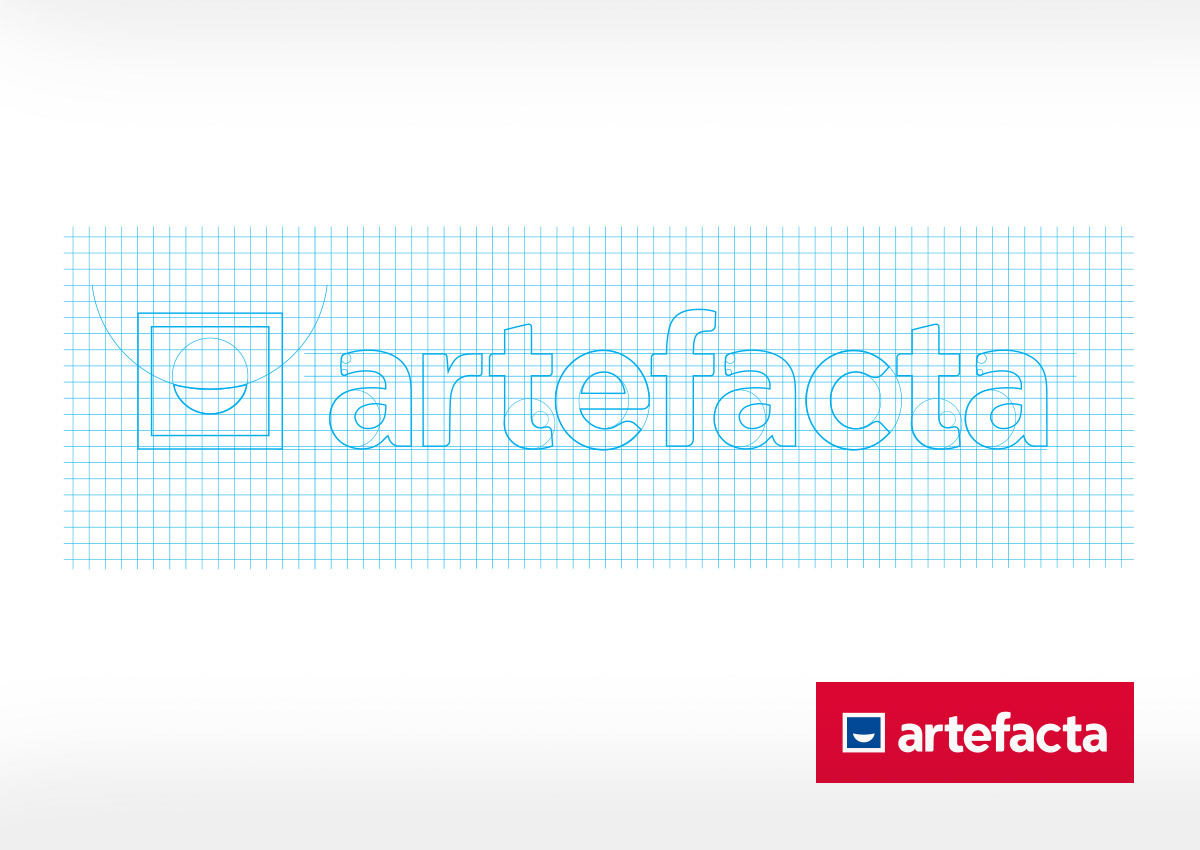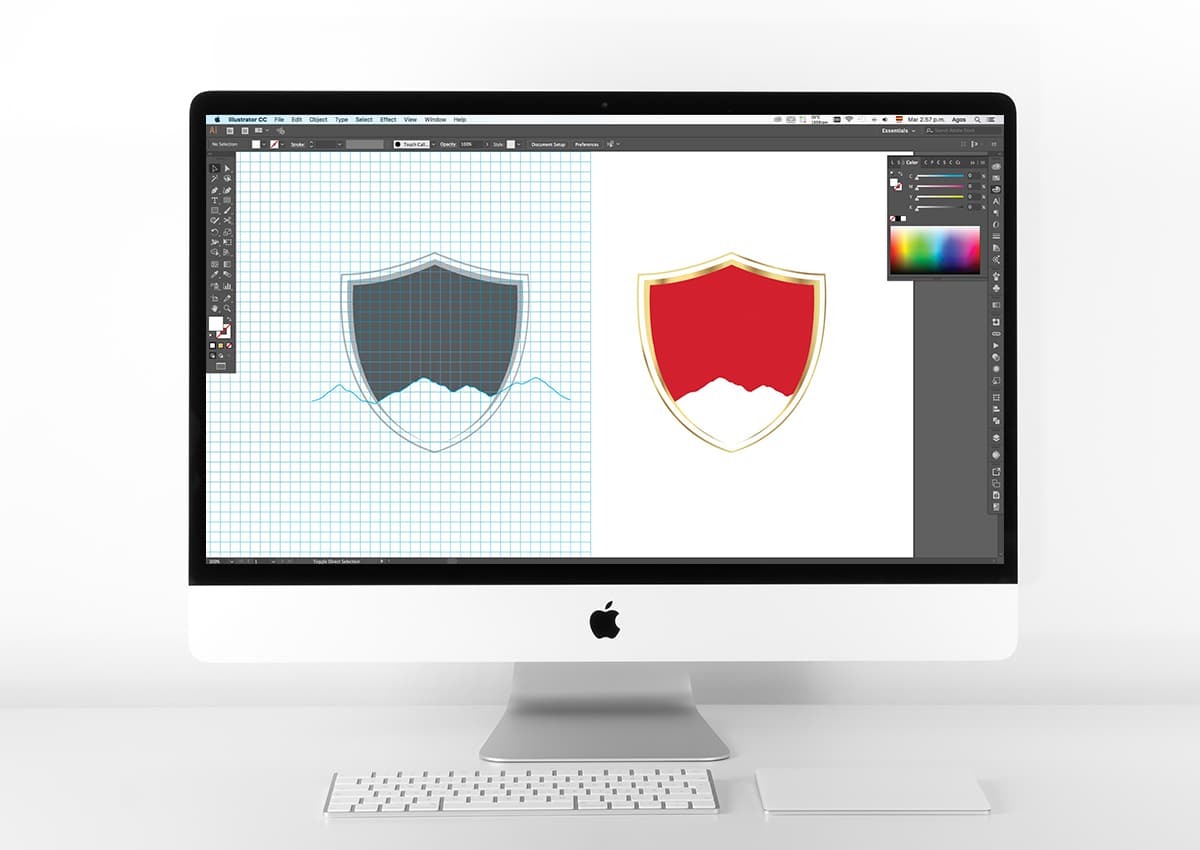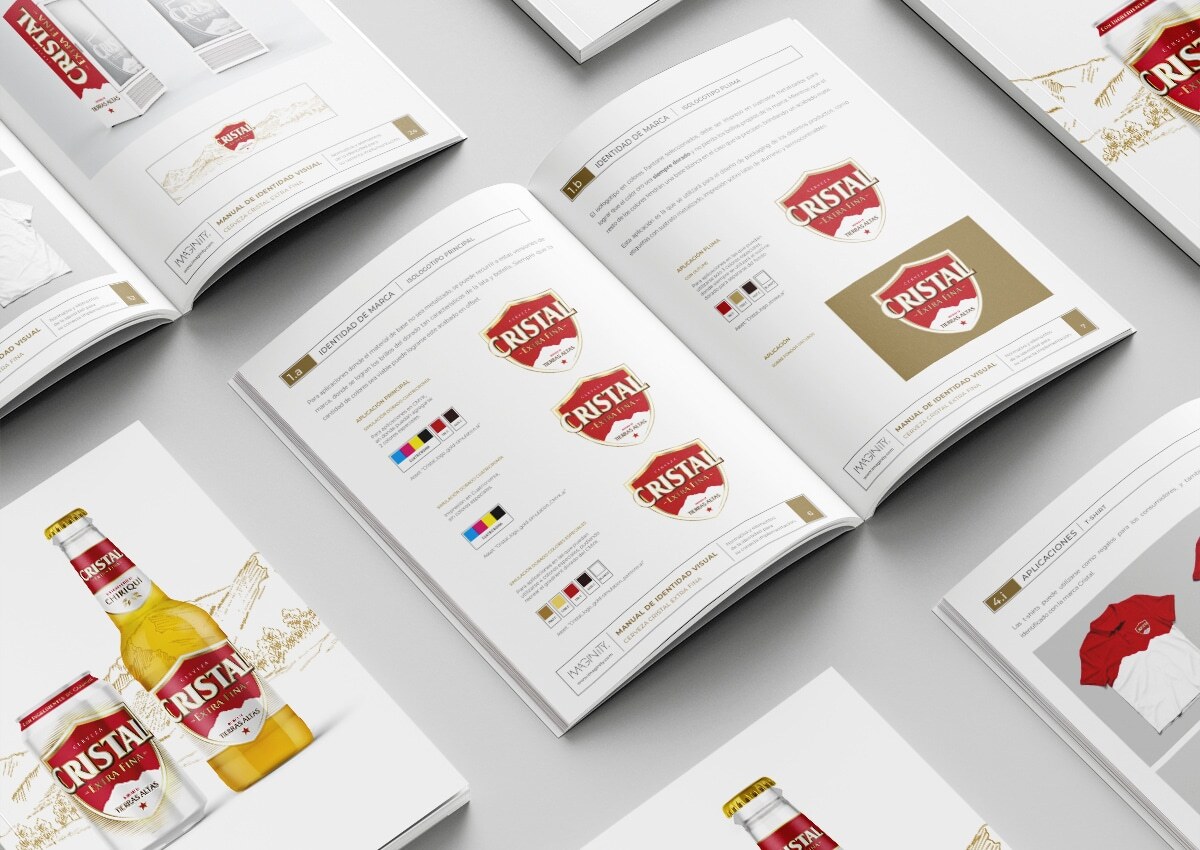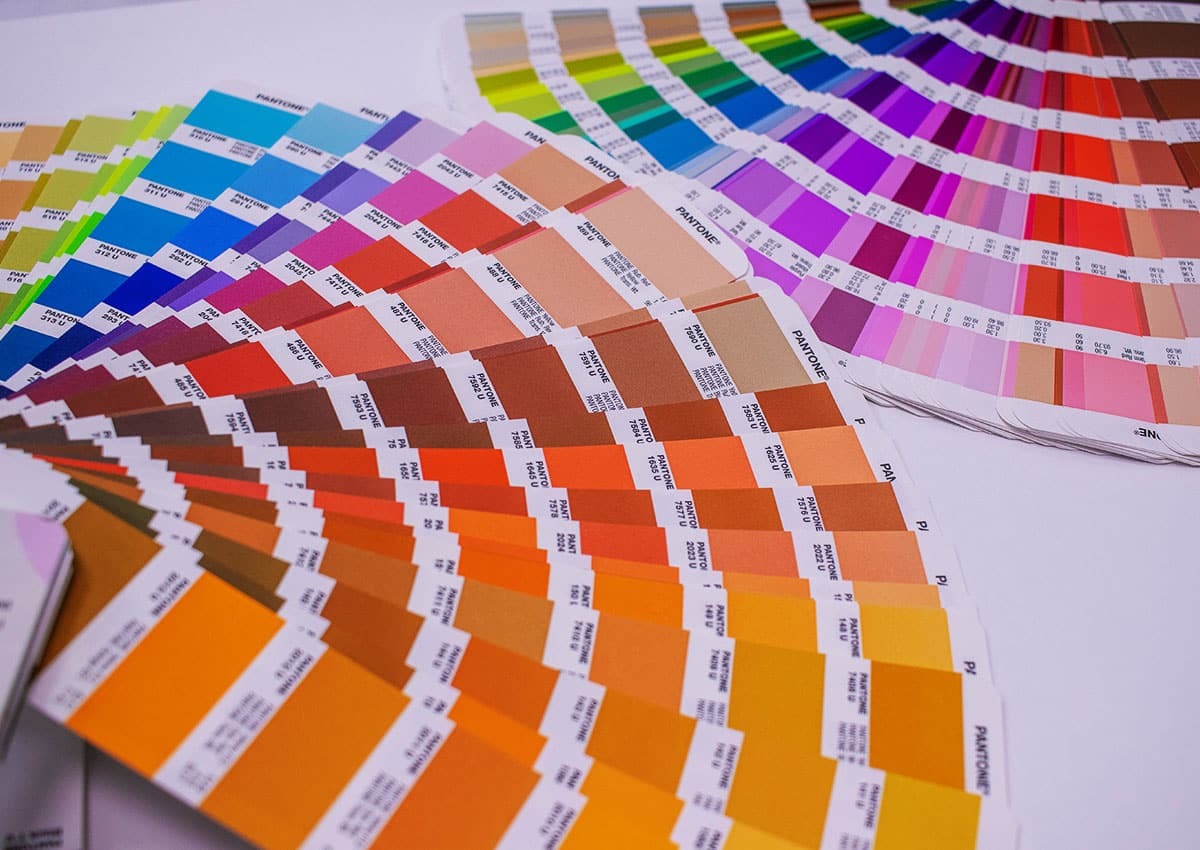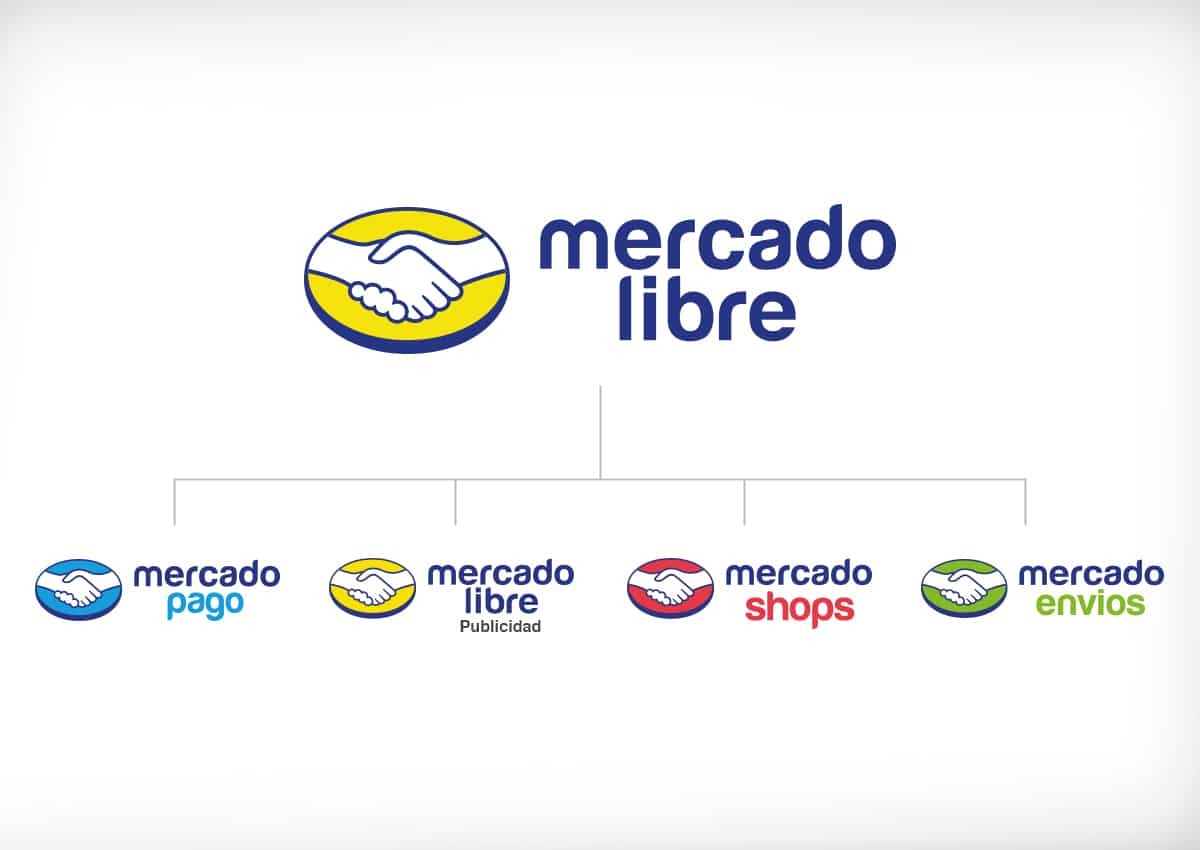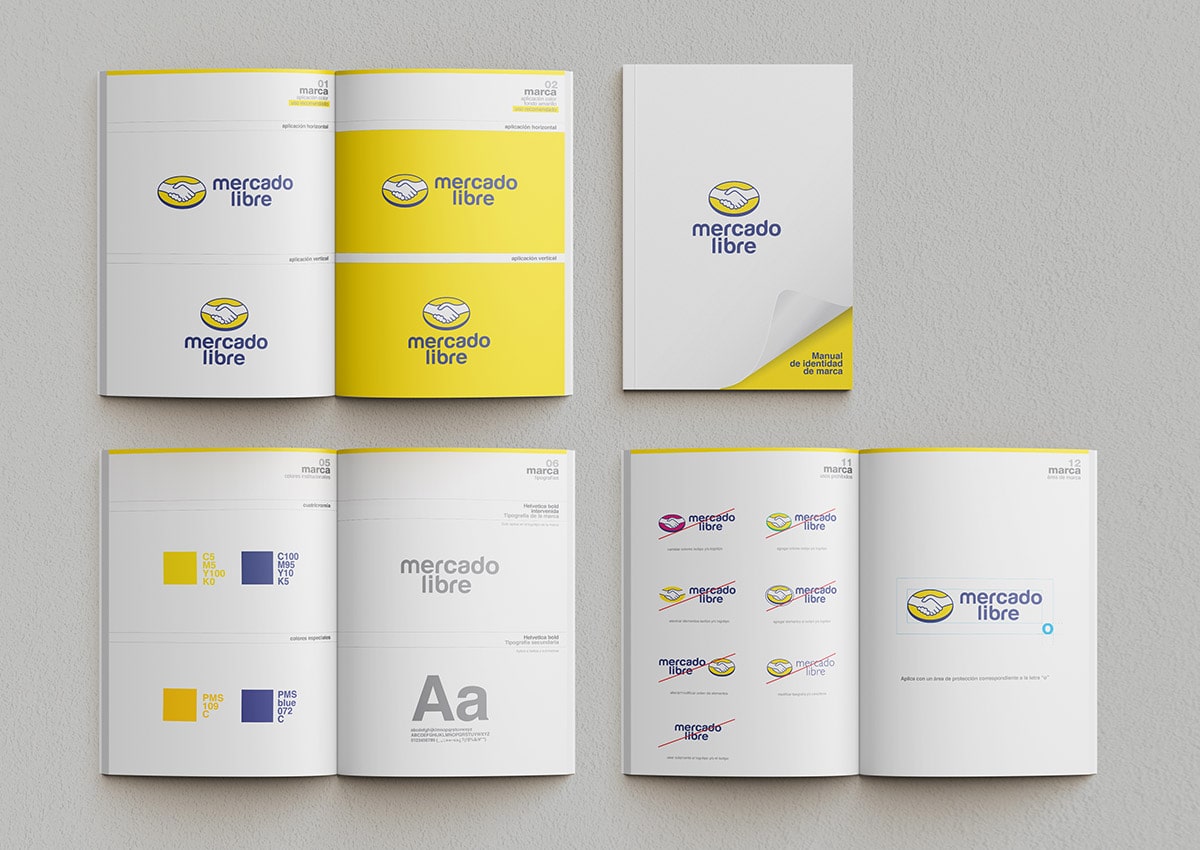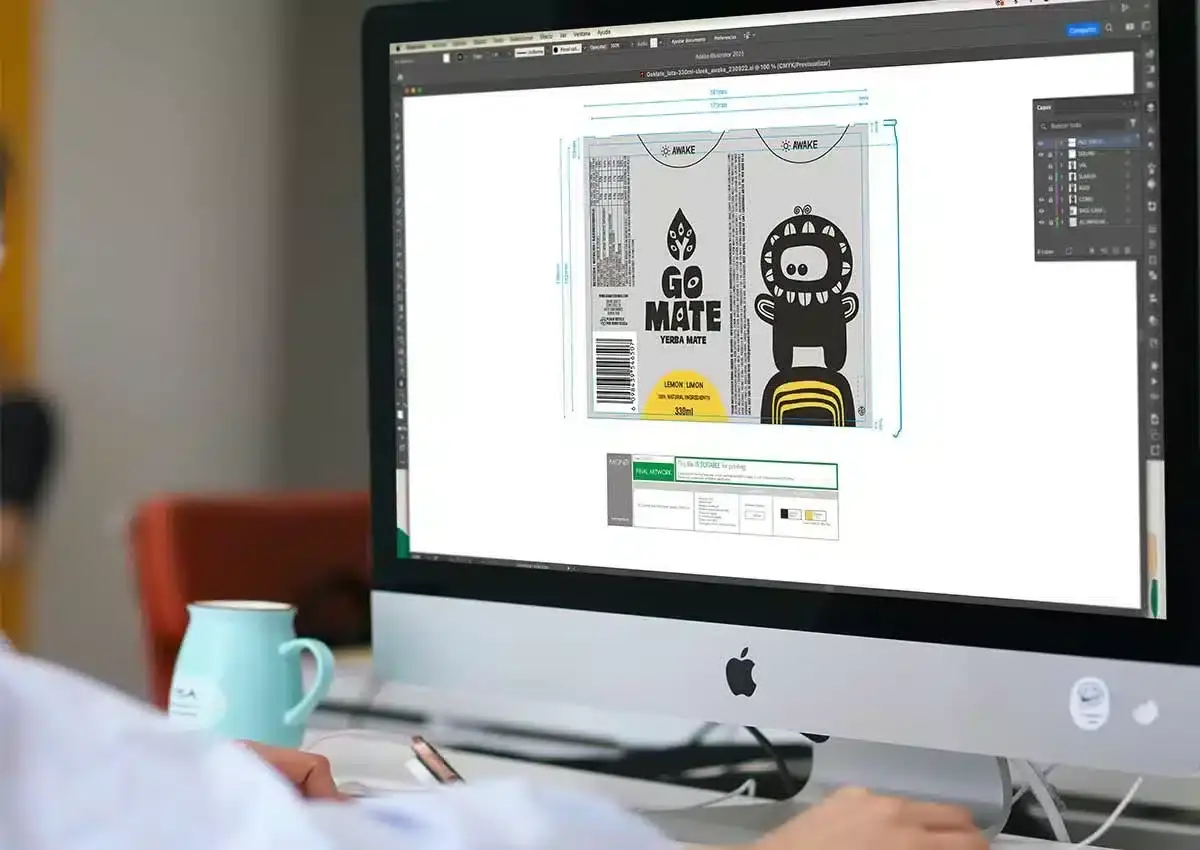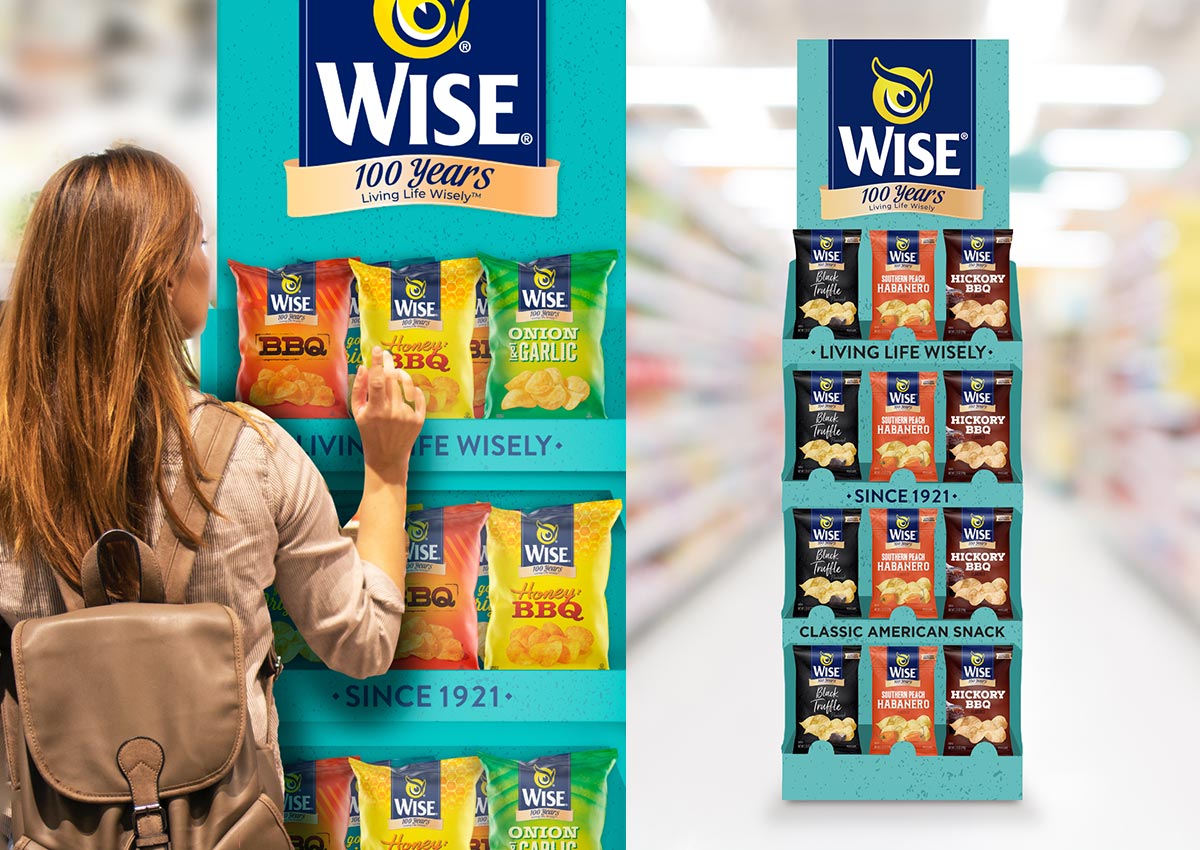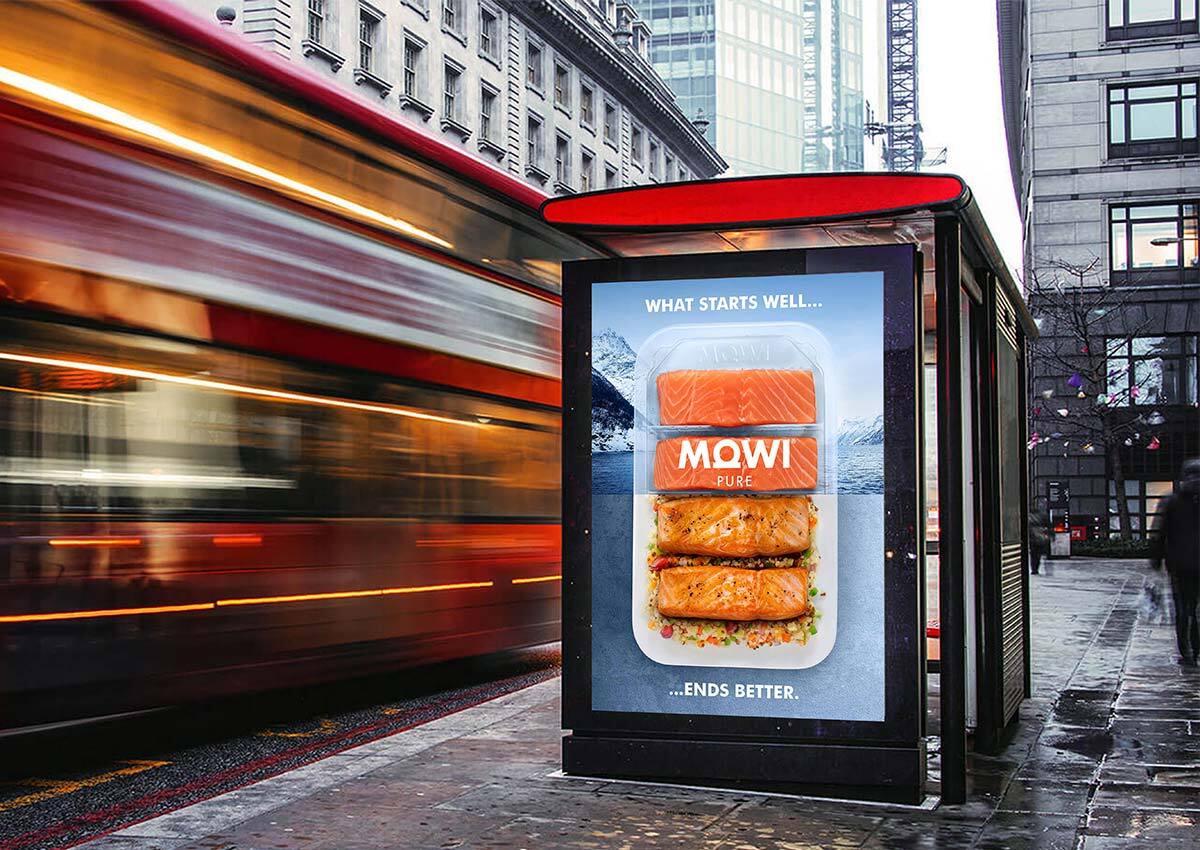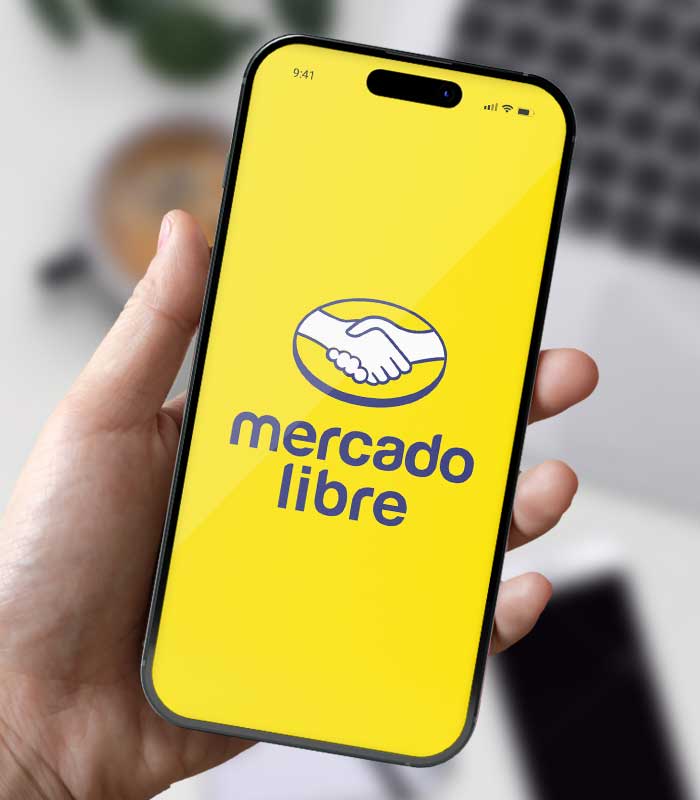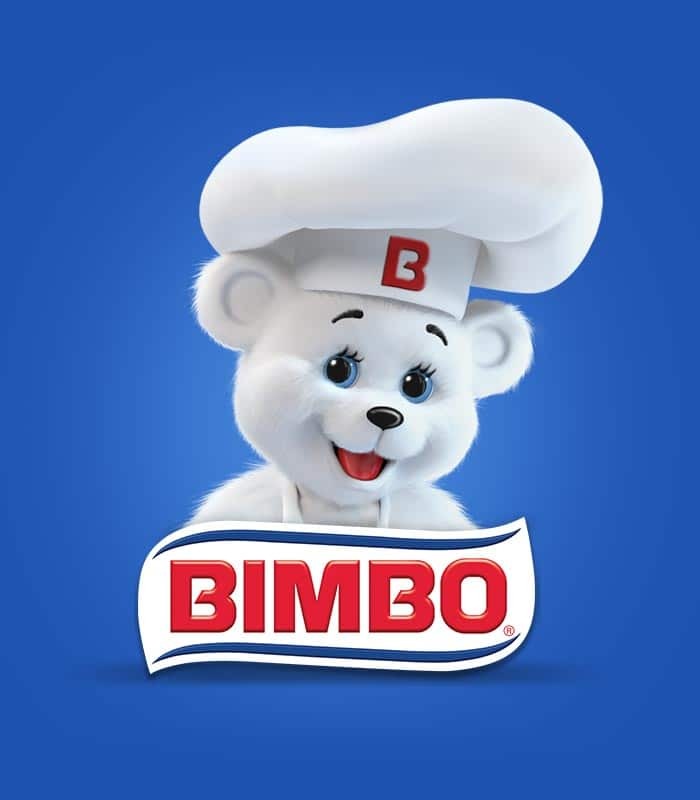Visual Identity Design
Brands are made up of various elements that work together to create something truly unique. Among these, visual identity serves as the unifying thread that integrates a brand’s graphic and visual elements, laying the foundation for how it communicates its concept, values, and market positioning.
A strong visual identity is a powerful tool that defines how a brand presents itself visually, shaping its personality and reinforcing its values. When executed effectively, it enables a brand to be instantly recognizable, leave a lasting impression, and foster loyalty among consumers. It differentiates the brand, ensuring it stands out from competitors while remaining memorable and trustworthy.
What Is Visual Identity Design?
Visual identity design is the process of crafting the visual elements that represent and communicate a brand’s personality, values, and purpose. This involves strategically combining colors, typography, logos, imagery, and other graphic components to ensure a brand is both recognizable and memorable across all touchpoints.
Creating a visual identity is a complex yet essential process. It focuses on emphasizing a brand’s unique aspects while ensuring unity, differentiation, consistency, coherence, and flexibility.
KEY COMPONENTS OF VISUAL IDENTITY DESIGN
1. LOGO DESIGN
The logo is the centerpiece of a brand’s visual identity, serving as its most recognizable symbol. It reflects the brand’s essence and sets the tone for all other design elements.
2. COLOR PALETTE
A cohesive color palette is selected to evoke specific emotions and establish a consistent visual language. These colors are applied across all branding materials to enhance recognition.
3. TYPOGRAPHY
Fonts are carefully chosen to reflect the brand’s tone and personality. Whether clean and modern or decorative and expressive, typography plays a key role in communicating a brand’s identity.
4. IMAGERY AND ICONOGRAPHY
Photographs, illustrations, and icons visually represent the brand’s story and values, ensuring consistency across platforms, from websites to print materials.
5. BRAND PATTERNS AND TEXTURES
Unique patterns or textures are used to enhance packaging, marketing collateral, or digital interfaces, adding depth to the brand’s aesthetic.
6. LAYOUT AND COMPOSITION
Guidelines for arranging text, imagery, and white space ensure consistency and harmony in all design applications.
PURPOSE OF VISUAL IDENTITY DESIGN
The purpose of visual identity design is to create a cohesive and visually appealing look that allows a brand to communicate its essence effectively and consistently across all platforms. A well-designed visual identity serves as a critical tool for achieving the following:
1. DIFFERENTIATES THE BRAND
In today’s saturated market, standing out is vital. A strong visual identity ensures that a brand is not lost in the crowd but instead establishes a unique presence. This differentiation helps a brand carve out its niche and be immediately recognizable to its target audience.
2. BUILDS RECOGNITION
Consistency in design leads to recognition. When consumers can easily associate a logo, color scheme, or font with a brand, it creates a sense of familiarity. This recognition strengthens the bond between the brand and its audience, fostering trust and loyalty over time.
3. ENHANCES COMMUNICATION
Visual elements often communicate faster and more effectively than words. A robust visual identity conveys a brand’s message, values, and personality at a glance. Whether through a bold logo, a vibrant color palette, or expressive typography, these elements tell the brand’s story in a way that resonates with consumers..
4. INSPIRES TRUST AND LOYALTY
A polished and consistent visual identity builds credibility. It reassures consumers that the brand is professional, reliable, and worth their trust. Over time, this trust translates into loyalty, as customers are more likely to stick with brands they feel connected to and confident in.
APPLICATIONS OF VISUAL IDENTITY DESIGN
A visual identity extends beyond just logos and colors—it is implemented across all brand touchpoints, ensuring a unified appearance and message wherever the brand interacts with its audience. These applications include:
1. PACKAGING DESIGN
In industries like FMCG, packaging often serves as the first interaction between a brand and its customers. A visually cohesive design enhances the product's shelf appeal, communicates its value, and reinforces the brand’s identity.
2. WEBSITES AND SOCIAL MEDIA PROFILES
Digital platforms are key spaces for brand engagement. Consistent use of colors, typography, and imagery ensures the brand is instantly recognizable and fosters a seamless online experience for users.
3. ADVERTISING MATERIALS
From billboards to digital ads, the visual identity should remain consistent to reinforce brand recognition and impact. Whether it’s a banner ad or a video, the identity’s elements must align with the brand’s voice and message.
4. BUSINESS CARDS AND STATIONERY
Tangible assets like business cards, letterheads, and envelopes play a crucial role in brand communication. Cohesive design in these materials portrays professionalism and reinforces the brand’s image in everyday interactions.
5. RETAIL SIGNAGE AND STORE DESIGN
In physical spaces, visual identity influences the customer experience. Consistent use of branding elements in signage, interior design, and point-of-sale materials creates a welcoming and memorable environment that reflects the brand’s personality.
By extending its visual identity across these diverse applications, a brand ensures that every interaction—whether online, in print, or in-store—communicates a consistent message. This holistic approach enhances customer experiences, strengthens brand recognition, and builds enduring relationships.
An impactful visual identity doesn’t just communicate what a brand is—it connects emotionally, builds trust, and leaves an indelible mark on its audience.
By combining strategy with creativity, visual identity design helps brands forge meaningful connections and establish a lasting impression.


